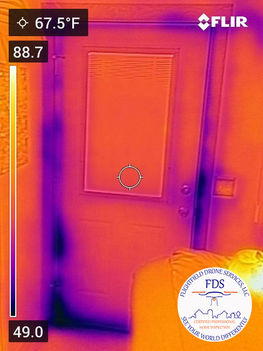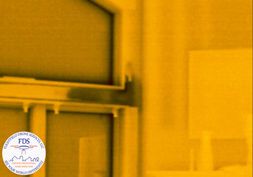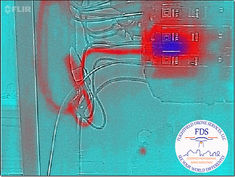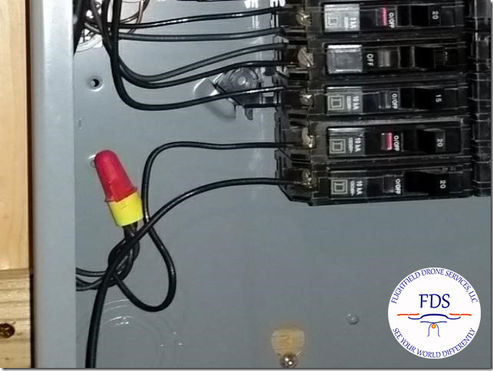



Interior & Exterior Thermal Inspections
A thermal camera detects and measures the infrared radiation that ALL objects emit. All objects with a temperature over absolute zero (-273.15°C or -459.67°F) give off thermal radiation. Since the temperature of absolute zero is physically impossible, all objects give off thermal radiation—even you.
A Thermographer? Why do I need one?
There are many things to consider when using a thermal camera. A person operating a thermal camera for inspections must be trained in thermography. You may think that you can buy a thermal camera and “point and shoot” to perform your own inspection. That may do more harm than good. As stated above, all materials emit thermal radiation. But did you know an object can also reflect another object's radiation?
The thermal cameras used by Flightfield Drone Services, LLC do not see through clothing, walls, or even windows. Thermal cameras do not see through anything at all. In movies, the good guys use thermal scopes to look through walls to find the bad guys. In the real world, this is not the case. A thermal camera detects the surface temperature of the first object in its line of site. If you point a thermal camera at a wall with a hot wire behind it, you will see the heat being transferred through it. If the wire recently became hot, it may not have heated the wall enough for a good temperature difference. Therefore, the thermal camera would not detect it.
The cameras detect the object's radiation and convert it into electronic signals. They then take this data and convert it into a color map of different temperature values. This “rainbow” colored palette is what you will typically see on TV and in movies. Our thermal cameras can simultaneously take a thermal photo and an RGB photo for side-by-side comparison. This makes deciphering images for clients very easy and helps them understand what the thermographer sees.
Thermal Inspections
Using our thermal imaging sensors, we can find issues in your home that you wouldn't normally find until it is too late. FDS utilizes handheld and aerial thermal sensors to give you the best look at your home or business. This non-invasive technology is reliable and can provide more accurate results than an inspection without it. Knowing that defects lurk out of site from homeowners, FDS includes FREE interior certified thermal inspections with every inspection. Utilizing a thermal sensor for interior home inspections can locate issues not seen by the naked eye. This can reveal water leaks in pipes, water intrusion, lack of insulation, overheating wires and breakers, and much more. Click the tab below to see our credentials.
For an additional cost, FDS can perform an exterior aerial thermal inspection with one of its sUAS. While an interior thermal inspection is pretty straightforward, exterior inspections take more planning. Outdoor temperatures, humidity, building materials, and many other variables will affect the results. Additional planning is needed to ensure accurate, dependable data. Typically, these flights will happen in the early morning or after sunset.
These thermal inspection services are outside the Standards of Practice and are not offered by all home inspectors. The Standards of Practice are the minimum requirements for conducting a home inspection. At FDS, we know that sometimes, “the minimums” are not enough when it comes to your and your family’s safety and investment.
Click the tab below to see the FDS Standards of Practice, or click contact to schedule your thermal inspection. Let Flightfield Drone Services, LLC help you
"See Your World Differently."
















